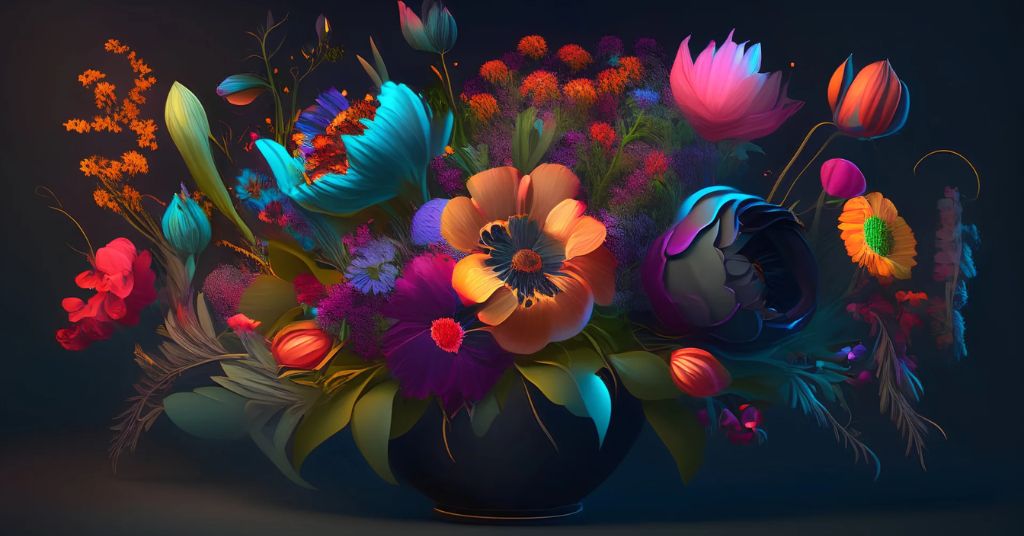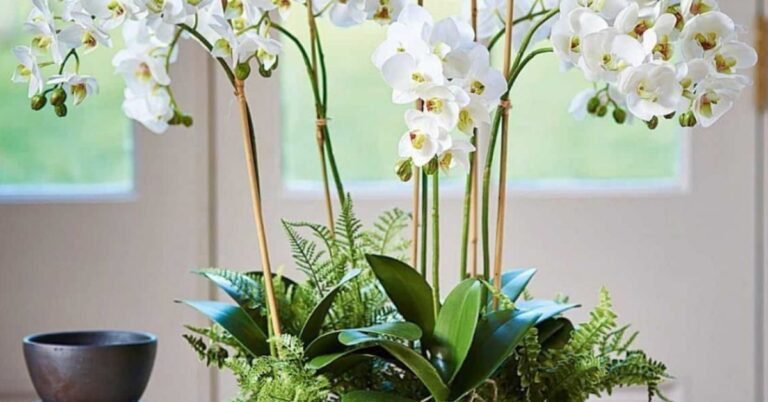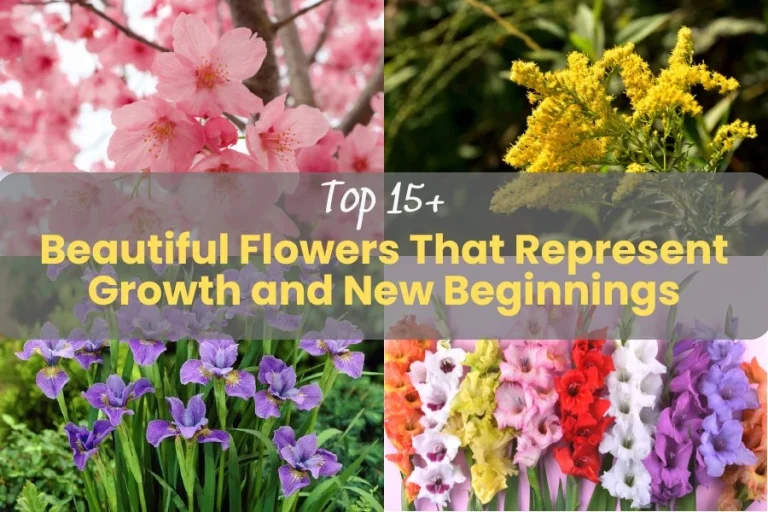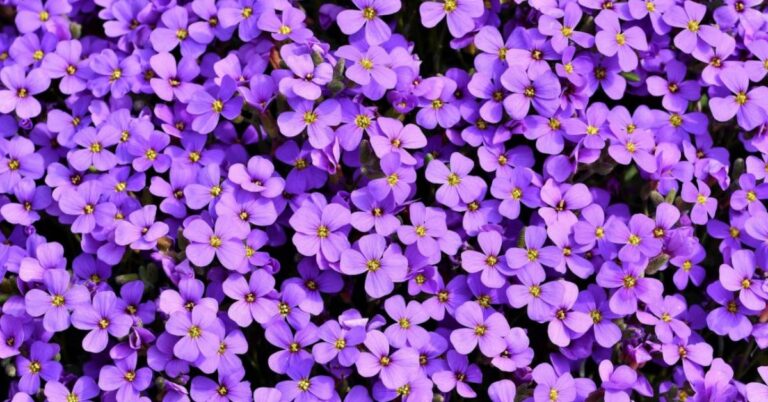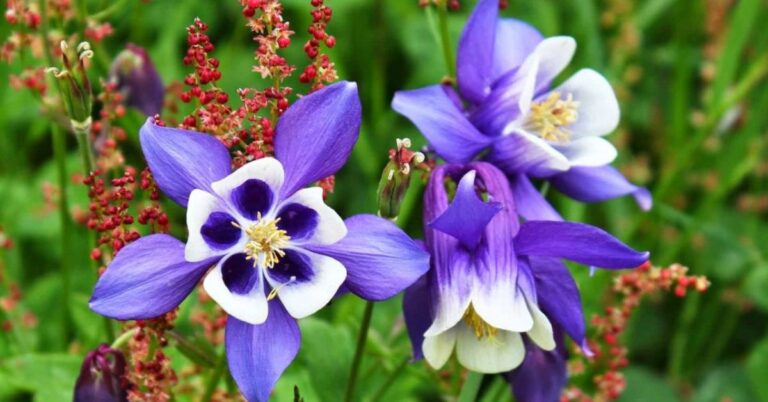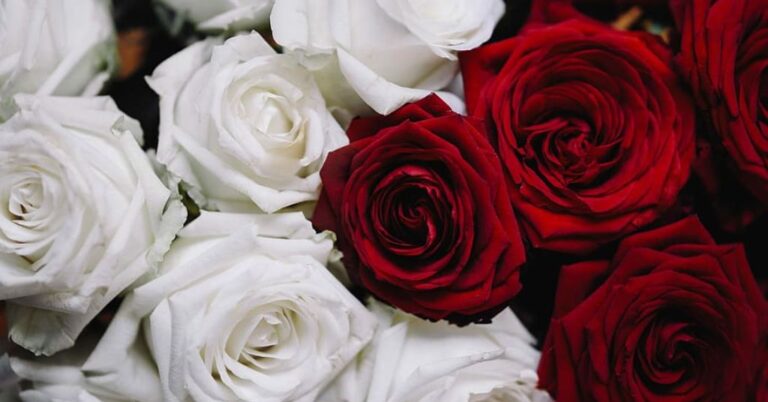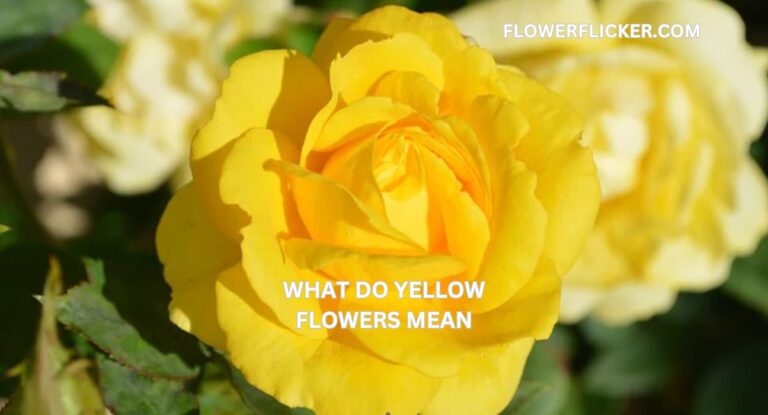10 Interesting Facts of Flowers Necessary Nature Lover
Interesting Facts of Flowers: Flowers have long been celebrated for their breathtaking beauty and vibrant colors, but beneath their delicate petals lies a world of fascinating characteristics that often go unnoticed. Did you know that some flowers can actually change color based on soil conditions, or that certain blooms only open under the moonlight? We’ll explore 10 interesting facts of flowers that reveal not just their unique growth patterns, but also the rich symbolic meanings behind them.
The Language of Flowers
In the Victorian era, flowers became a secret language, weaving intricate messages between lovers and friends through the delicate art of floriography.
This unique form of communication allowed individuals to express feelings that could not be conveyed openly due to societal norms.

Each flower carried its own significance; for example, a red rose symbolized passionate love, while yellow roses represent friendship and joy. The choice of flower was often as deliberate as the words spoken in conversation.
Interestingly, even specific arrangements could alter their meanings—adding sprigs of rosemary might signal remembrance while including daffodils could hint at new beginnings.
Imagine sending a bouquet with a single white lily nestled among vibrant tulips: it would convey both purity and deep emotional connection.
This fascinating interplay not only enriched interpersonal relationships but also encouraged creativity in expression, turning every bouquet into a narrative waiting to unfold.
Whether you create your own floral message today or learn about these captivating combinations from history, the language of flowers continues to bloom with possibilities!
The Oldest Flower
Imagine a time 125 million years ago when the world was vastly different, yet one flower flourished in its serene beauty—the water lily. This remarkable plant holds the title for being among the most ancient flowers known to humankind.

Its delicate petals and floating leaves painted ancient waterways while dinosaurs roamed on land, making it a silent witness to life’s evolution over eons.
What’s fascinating is that water lilies share an ancestry with modern blooms, connecting us directly to Earth’s distant past. Their designs have remained largely unchanged, showcasing nature’s ability to create perfection in simplicity.
With adaptations like broad leaves that float gracefully on water surfaces and bright colors that attract pollinators even today, these ancient flowers continue to thrive in wetlands around the globe.
By observing their resilient beauty now, we can unlock interesting facts about flowers and appreciate how life has managed to persist through changing climates and ecosystems across millions of years.
Flowers That Track The Sun
Sunflowers are not just stunning to look at; they reveal fascinating behaviors that mirror the sun’s journey across the sky.

This phenomenon, known as heliotropism, allows young sunflowers to follow the sun from east to west throughout the day.
This behavior maximizes their exposure to sunlight, which is crucial for their growth and energy production. Watching these vibrant flowers move can evoke a sense of wonder, as it seems like they have a life of their own.
Interestingly, this ability diminishes in mature sunflowers, which tend to face east permanently. Scientists believe this fixed stance helps them attract pollinators more effectively in the morning when bees are most active.
Facing east may offer protection against harsh afternoon heat, creating a perfect balance for survival and reproduction.
Heliotropism not only enhances our appreciation of these bright blooms but also serves as a reminder of nature’s intricate adaptations that enable plants to thrive in diverse conditions.
The Largest Flower
The Rafflesia arnoldii, renowned as the largest flower in the world, presents a paradox of beauty and intrigue. Native to the lush rainforests of Indonesia, this colossal bloom can reach up to three feet in diameter and weigh as much as 15 pounds.

What’s fascinating is its unique method of reproduction; it relies on specific carrion flies for pollination, emitting a pungent odor reminiscent of rotting flesh. This remarkable adaptation not only helps it attract its pollinators but also highlights an extraordinary example of nature’s ingenuity.
Flowers That Bloom At Night
Moonflowers and evening primrose bring a unique charm to nighttime gardens, captivating those lucky enough to witness their enchanting bloom.

The moonflower, with its large, white petals, unfurls as dusk falls, inviting nighttime pollinators like moths and bats that are drawn in by its sweet fragrance.
Interestingly, this beautiful flower not only opens at night but also closes during the day, creating a mesmerizing cycle of blooming that aligns perfectly with the rhythm of the moon.
The Smallest Flower
Wolffia globosa, popularly known as watermeal, is a powerhouse of plant biology despite its minuscule size. Measuring only about 0.3 to 0.4 millimeters in diameter, this tiny aquatic flower has captured the fascination of botanists and nature lovers alike.

What makes it even more interesting is that Wolffia doesn’t just float aimlessly; it reproduces rapidly through vegetative propagation, creating dense mats on the surface of still waters.
Flowers That Don’t Photosynthesize
Indian Pipe, or Monotropa uniflora, is a unique flower that flips the conventional understanding of photosynthesis on its head.

Rather than relying on sunlight to create energy through chlorophyll, Indian Pipe is entirely dependent on a symbiotic relationship with fungi in the forest floor.
These intriguing plants emerge from the ground as ghostly white stalks, captivating adventurers and nature enthusiasts alike with their ethereal appearance.
What makes this plant even more fascinating is its role in the ecosystem as a mycoheterotroph. It taps into the vast underground network of mycorrhizal fungi to source nutrients from nearby trees, drawing sustenance without any need for sunlight.
This adaptability not only showcases nature’s incredible ingenuity but also emphasizes the interconnectedness of forest life—each species supporting another in an intricate web of survival.
In a world dominated by green leafy plants soaking up sunshine, Indian Pipe serves as a charming reminder that there are always exceptions to the rule!
The Most Expensive Flower
The Shenzhen Nongke Orchid, renowned as one of the most expensive flowers in the world, commands staggering prices that can reach upwards of $200,000 per bloom.

What sets it apart is not just its rarity but also the meticulous cultivation process that takes over eight years to bring each plant to life.
This dedication reflects an intriguing fusion of art and science, as horticulturists employ advanced agricultural techniques to nurture these exquisite orchids.
The Shenzhen Nongke Orchid embodies a story of innovation and heritage. Crafted in a high-tech laboratory in China’s bustling metropolis of Shenzhen, these orchids highlight how technology can elevate traditional practices into modern marvels.
Flowers That Trap Insects
Among the most fascinating flora in the world, Venus flytraps and pitcher plants stand out not just for their beauty but for their unique hunting capabilities. The Venus flytrap, with its jaw-like leaves equipped with sensitive trigger hairs, snaps shut in less than a second when unsuspecting insects touch these mechanisms.

This rapid movement is one of nature’s wonders, showcasing an evolutionary adaptation that allows this plant to thrive in nutrient-poor soils by supplementing its diet with protein-rich prey.
Pitcher plants lure insects into their tubular bodies filled with digestive fluids. Their bright colors and enticing nectar attract creatures, but once inside, it’s nearly impossible for them to escape due to slick walls and inward-pointing hairs.
The Fastest Growing Plant
Bamboo orchid, known for its exquisite blooms and lush greenery, is not just another pretty flower in the garden; it’s a botanical marvel that captivates with its rapid growth. Remarkably, this plant can reach heights of up to 10 feet within just a few months under optimal conditions.

This fast-paced growth makes it a favorite among gardeners aiming for quick impact in their landscape designs. bamboo orchids thrive in diverse environments—from tropical jungles to temperate gardens—showcasing their adaptability.
Conclusion
Flowers are not just beautiful; they hold fascinating secrets and characteristics that every nature lover should appreciate. From the intricate language of blooms to their historical significance, each flower tells a unique story.
Some flowers can even track the sun or are known for their hefty price tags. Whether it’s the tiniest bloom or the oldest known flower, there’s always something new to discover in the world of flora. So next time you encounter a flower, take a moment to admire its wonders and learn about its remarkable traits!
What is special about flowers?
Flowers brighten up gardens with color and texture, support plant structure, and provide food for different creatures.
Which flower represents love?
A rose symbolizes love, making it a timeless pick for Valentine’s Day. Expressing I love you is always in fashion.
What is the rarest flower?
The Middlemist Red Camellia, known as Camellia japonica ‘Middlemist’s Red,’ is an extremely rare flower featuring bright pinkish-red petals. There are only two known living examples, found in New Zealand and the UK, making it the rarest flowering plant on the planet.

